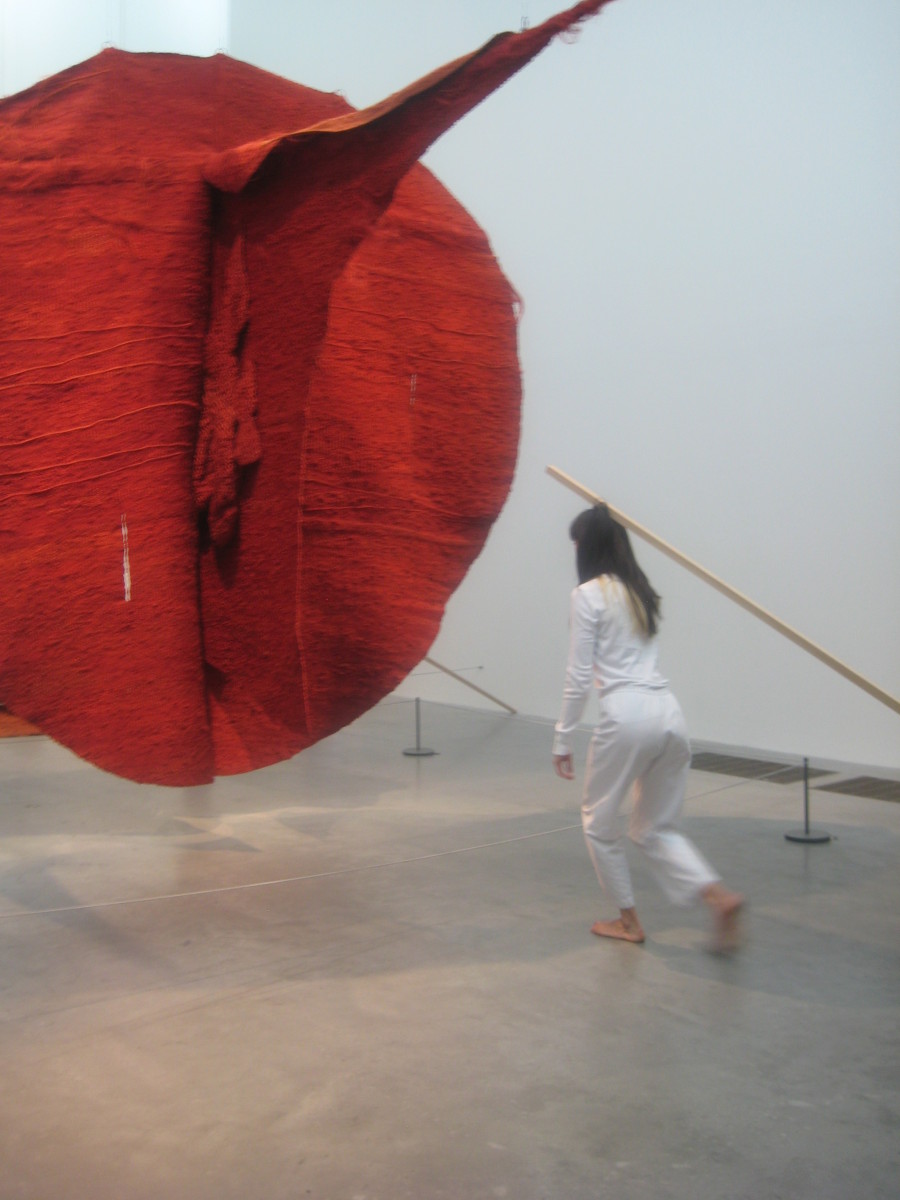15-30 October 2010. Royal Opera House, London
Frederick Ashton’s La Valse—what a swirlingly beautiful opening to the Royal Ballet’s recent mixed bill program. Ashton’s choreography seemed slightly idiosyncratic with its unexpected shifts in épaulement, swift lifts of the arms, quick bends of the body and a range of nuanced movement. Yet it was perfectly attuned to the changes of colour and rhythm in the Ravel score. In addition, the Royal Ballet dancers performed with such aplomb and brilliant attack not to mention a beautiful classical technique based, as it should be, on turned-out, centred movement.
The two works that followed were both exceptional distillations of involved narratives. Kim Brandstrup’s new work, Invitus, Invitam (Against his will, against her will) essentially compressed Racine’s play Bérénice into three pas de deux, while Kenneth MacMillan’s Winter Dreams distilled Chekov’s work The Three Sisters into one dramatic act.
In Racine’s version of part of Suetonius’ history of the Roman emperors, Titus is forced by the senate to send Bérénice, his mistress, away, against her will and against his will. In Brandstrup’s work we see three encounters between Titus and Bérénice: in the first Bérénice is aware that Titus has a concern that he is not speaking openly about; in the second Bérénice knows what is to happen and is devastated, as is Titus; and in the third they part in mutual sorrow. Leanne Benjamin is perfectly cast as Bérénice. All her maturity as an artist comes to the fore as the inevitable parting approaches. Edward Watson is her partner and he too captures the sense of impending drama.
Choreographically Brandstrup’s three pas de deux draw the two protagonists together and at the same time separate them from each other. Both Benjamin and Watson gave exceptional performances, strong yet tremulous with emotion. Benjamin’s dancing was faultless and her portrayal of the role was vulnerable in the extreme. Richard Hudson was responsible for the costumes and minimal setting, so in empathy with the distillation of the story. His screens and scrims and his use of computerised writing and sketches, which appeared sporadically on the screens, added just the right sense of location. The contemporary score by Thomas Adès was based on the work of Couperin and again was empathetic to Brandstrup’s overall conception. Invitus, Invitam was intensely moving and certainly deserves further performances.
Winter Dreams was led by Sarah Lamb as Masha and Thiago Soares as Vershinin with minor principal roles being taken by Mara Galeazzi as Olga and Roberta Marquez as Irina. Together they provided a strong performance of this bleak story.
The closing work on this generous program, the pièce de resistance in my mind, was Balanchine’s Theme and Variations. I was not at the opening night’s performance when, I am told, Tamara Rojo and Sergei Polunin took the leading roles and when Alicia Alonso, creator of the ballerina role for Ballet Theater in 1947, was in the audience. But I was more than happy to see a radiant Marianela Nuñez partnered by a dashing Nehemiah Kish dancing with all stops out in this ferociously demanding work. From the opening moments when the ballerina and her partner present themselves to us, to that wonderful moment as the work comes to a close when grands battements merge into high-kicks, this is a work to be savoured for the remarkable display of the classical technique that it is. And again the entire complement of dancers showed what an outstanding company the Royal is at the moment.
I could, however, have done without Peter Farmer’s set for Theme, which to my mind suffers from a surfeit of draperies. Simplicity is all that is needed as a foil to Balanchine’s intricate weaving of bodies across the stage. But what a pleasure it was to see such beautifully trained bodies dancing with such a secure sense of classicism.
Michelle Potter, 27 October 2010
